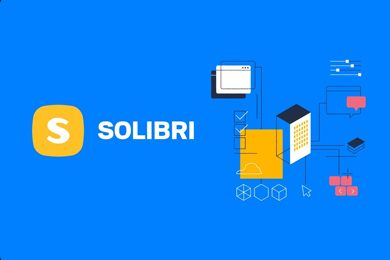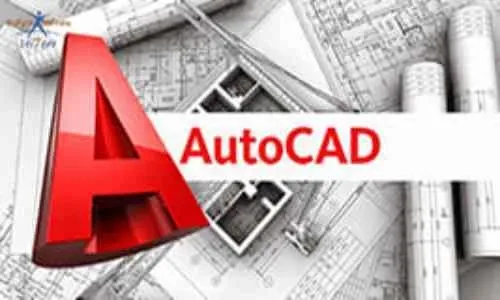



 Tech & IT
Tech & IT
 Business
Business
 Coding & Developer
Coding & Developer
 Finance & Accounting
Finance & Accounting
 Academics
Academics
 Office Applications
Office Applications
 Art & Design
Art & Design
 Marketing
Marketing
 Health & Wellness
Health & Wellness
 Sounds & Music
Sounds & Music
 Lifestyle
Lifestyle
 Photography
Photography
More Learnfly
Business Solution Become an InstructorBIM, or Building Information Modeling, is a collaborative approach to design and construction. It involves creating and managing digital representations of a building's physical and functional characteristics, fostering efficient communication and coordination among stakeholders throughout the project lifecycle.

By : MOHAMED MANSOOR
Complete Structural analysis and design of steel structures using Staad Pro...
4.1 1045
4 lectures All Level

By : Stefan Boeykens
Solibri Model Viewer and Model Checker, cross-platform software for visualisation, ev...
4.6 63594
1:26:19 hrs 34 lectures Beginner Level












Learn more topics in various categories at one place. Explore unlimited courses in other categories and up-skill yourself today.

 Jazeb Akram
Jazeb Akram 4.2 771163 Beginner Level

 John Hedengren
John Hedengren 4.1 569070 All Level

 Ranjan Pandey
Ranjan Pandey 4.1 346736 All Level

 Muhammad Ahsan Pervaiz
Muhammad Ahsan Pervaiz 4.2 101344 All Level

 Pieter Vliegenthart
Pieter Vliegenthart 4.6 100923 All Level

 Jerome P.
Jerome P. 4.8 100891 All Level

 Senol Atac
Senol Atac 4.9 100114 All Level

 Vikas Munjal
Vikas Munjal 4.8 100071 Beginner Level

 Avinash A
Avinash A 4.8 100023 All Level

 Success Ogwudu
Success Ogwudu15 Lectures Beginner Level

 Widhi Muttaqien
Widhi Muttaqien110 Lectures Beginner Level

 Widhi Muttaqien
Widhi Muttaqien69 Lectures Beginner Level

 MOHAMED MANSOOR
MOHAMED MANSOOR 4 Lectures Beginner Level

 MOHAMED MANSOOR
MOHAMED MANSOOR 22 Lectures Beginner Level

 Shaour Anjum
Shaour Anjum88 Lectures Beginner Level

 Er. Sadiq Hussain
Er. Sadiq Hussain62 Lectures Beginner Level

 Gokul Saud
Gokul Saud59 Lectures Beginner Level

 Stefan Boeykens
Stefan Boeykens34 Lectures Beginner Level

 THE MMZ
THE MMZ23 Lectures Beginner Level
BIM stands for Building Information Modeling. It is a collaborative approach to design, construction, and operation of buildings and infrastructure. BIM involves creating and managing digital representations of physical and functional characteristics of a facility throughout its lifecycle.
Unlike traditional methods, BIM integrates 3D models with data, allowing stakeholders to collaborate in a shared environment. This results in improved coordination, reduced errors, and enhanced efficiency throughout the entire lifecycle of a project.
BIM offers benefits such as improved collaboration, better decision-making, reduced errors, cost savings, and enhanced project visualization. It enables stakeholders to access a centralized database of information, fostering efficient communication and coordination.
No, BIM is used throughout the entire lifecycle of a building or infrastructure project. It starts in the design phase but extends to construction, operations, and maintenance. BIM facilitates the exchange of information and collaboration among different stakeholders at every stage.
Several BIM software platforms are widely used, with Autodesk Revit being one of the most popular. Other notable BIM tools include ArchiCAD, Tekla Structures, and Bentley AECOsim. These tools vary in features and specialties, catering to different aspects of the design and construction process.





